Hand-Tool Shop Saves Space
Tips for Making Your Shop More Space-Efficient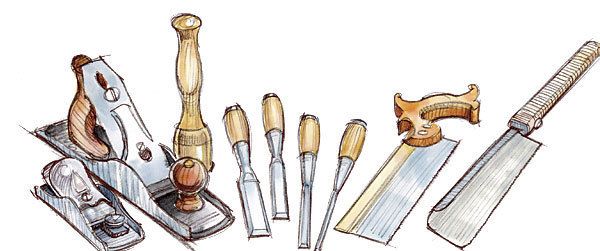
Synopsis: You don’t need an oversize shop and budget-busting set of woodworking machines to make furniture. For less than the cost of a cabinet saw, you can equip your shop with a set of hand tools versatile enough to build whatever you design. And, as John Nesset advises, your woodworking will be quieter, will create less dust, and will take up much less space.
From Fine Woodworking #202
Most passionate woodworkers imagine themselves in a spacious shop full of the best hand and power tools. In this age of apartment living and tight budgets, however, the reality is often limited space and funds. Yet there’s no reason for those conditions to restrict a serious woodworker. In the tightest of quarters and with a limited budget, you still can indulge a passion for woodworking.
For eight years, I worked wood first in the corner of a dingy basement, then in an apartment dining room, and lastly in a 9-ft. by 12-ft. fourseason porch. I turned out a respectable body of work during that time—some of it winning awards—and I did it all with hand tools. I even resawed and thicknessed lumber by hand.
For less than the cost of a cabinet saw, you can equip your shop with a set of hand tools versatile enough to build whatever you design. And you’ll make very little noise and fine dust, meaning you can work almost anywhere.
Work wood without constraint: Power tools are more efficient at some tasks, like dimensioning lumber, but hand tools outshine them where it counts: creativity and craftsmanship.
Unconstrained by fences, guides, and jigs, hand tools place no limitations on your design, and they allow you to create forms and details not possible with power tools. Hand tools also allow you to work more precisely with less fuss. To cut a tight dovetail, for example, you need only cut and pare to your layout lines. There’s no time wasted fiddling with bit depths and jig setup.
But precision isn’t necessary everywhere. A set of legs should be the same length, but the individuality given to each by handwork lends them charm and character. You know they were made by a craftsman.
Workbench is foundation of the shop: The starting point of any serious woodshop, especially one where hand tools dominate, is a workbench. My first bench was a rickety table—not easy to use. So one of my first projects was a proper bench with a face vise and tail vise.
A workbench makes everything else possible. It’s where you plane boards, cut and chop joinery, and assemble your projects. Without a strong bench, you really can’t work effectively.
A bench for a small shop must be compact, but it can still be rigid and heavy. If you have to, weight it down with cinder blocks or sandbags.
For the full article, download the PDF below:




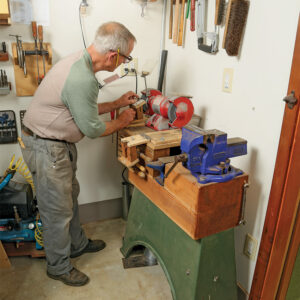
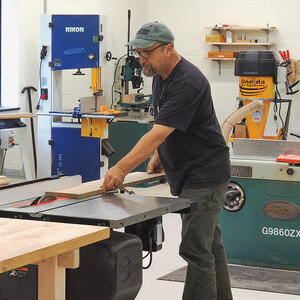
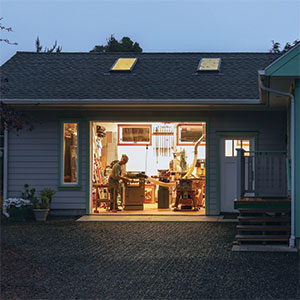






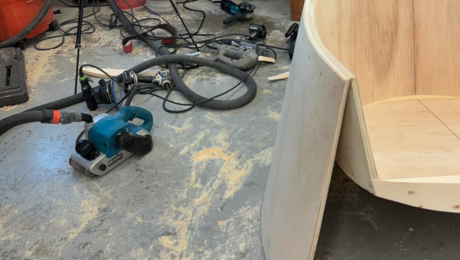
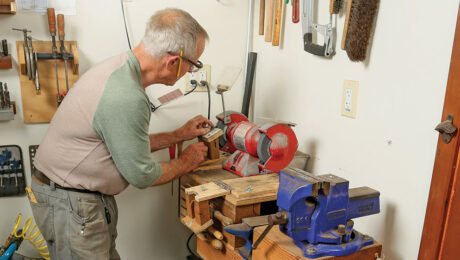








Log in or create an account to post a comment.
Sign up Log in